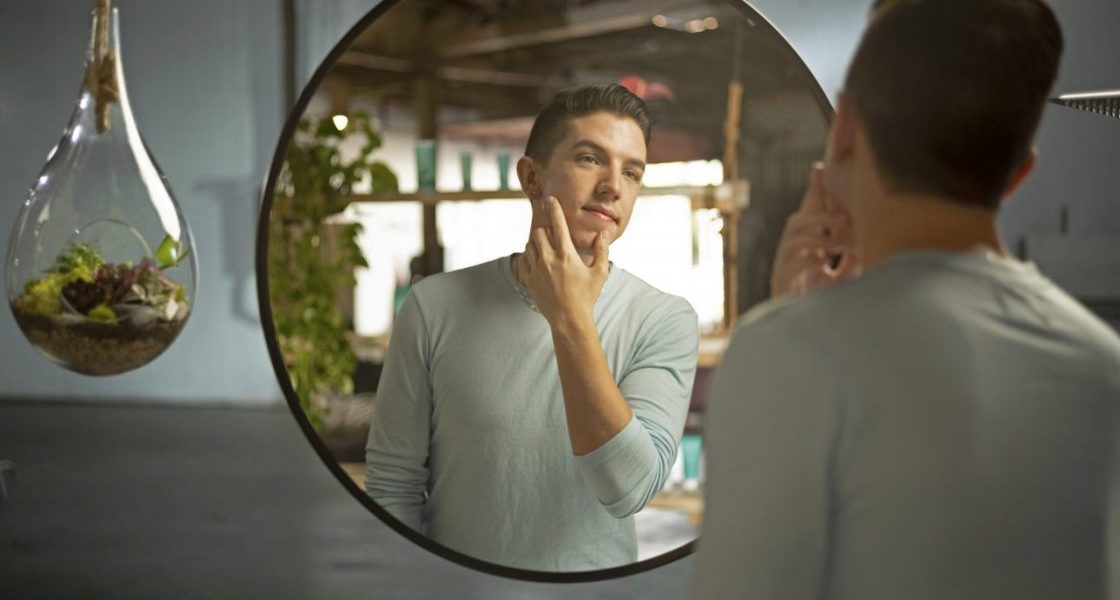When Hyram Yarbro rose to fame on TikTok in 2020 as a “skinfluencer,” his clear point of view became his motto: “Ingredients don’t lie.” So when he partnered with ingredient-centric U.K. brand The Inkey List to develop his line Selfless by Hyram, it was a perfect pairing. On Tuesday, Yarbro, alongside The Inkey List co-founders Mark Curry and Colette Laxton, spoke at the Glossy Beauty Summit in Palm Springs, Calif. about building the Gen Z brand, speaking to younger customers in a way that makes sense and testing the waters on livestream shopping.
Here are three takeaways from the conversation between Yarbro, Curry and Laxton with Liz Flora, Glossy’s senior beauty and wellness reporter.
Building a brand with a distinct point of view
From the get-go, The Inkey List has sought to empower customers through education, according to both Curry and Laxton. This philosophy has led to initiatives like AskInkey, where people can reach an Inkey List representative to ask quick questions about products. This was followed up more recently with MyInkey, an extensive skin-care coach that allows people access to skin-care experts, time-lapse photos, and product and routine recommendations. Selfless by Hyram carries that philosophy of education-means-empowerment, plus prioritizes social change and action. The brand supports reforestation and clean drinking water efforts by working with non-profit environmental organization Rainforest Trust, which focuses on purchasing and protecting tropical lands.
“We were always clear with [our education philosophy] for The Inkey List, but we also [built that] out in terms of a one-on-one approach with Selfless by Hyram,” said Curry. “It’s a lot more targeted to that Gen-Z consumer, particularly with how we were going to make social change digestible and understandable.”
On the Selfless by Hyram e-commerce website, its social causes are immediately spotlighted on the main page, stating that every purchase is matched by donation, with an option to learn more. Clicking on the “more information” button leads to a page detailing the goals for the brand’s efforts, such as funding clean water projects for over 60 communities in 12 months or protecting 780,000 acres from deforestation. Furthermore, content posted on the brand’s Instagram and TikTok details ingredients’ sourcing, including how they are responsibly harvested and manufactured.
“We have the chance to show each element of the brand’s storyline and all the different processes, so that people know there’s a level of transparency and can understand what’s going on behind the scenes,” said Yarbro.
Communicating with Gen Z
If it’s one thing the beauty industry knows well by now, it’s that effectively communicating to young consumers is challenging. More than any generation before them, Gen Z seems more demanding, informed and ready to call out what they deem inauthentic. And while this drives the beauty industry to do better and be better, it can be difficult for brands to meet these new expectations.
Ad position: web_incontent_pos1
“Gen Zers are sponges for information,” said Yarbro. “As frustrating as it sometimes can be … it’s an incredible opportunity because it allows me to make sure that I’m learning as much as I possible. But it’s also consumers holding brands to a higher standard, which is an opportunity to push the industry in a positive direction.”
Using those challenging moments as opportunities for growth is key to becoming better and positions a brand to resonate with a generation concerned about authenticity and accountability. For example, Yarbro spoke about authenticity and the importance of maintaining it, when there is an implicit bias to recommend his brand over others. His solution is to openly address that bias whenever it comes into play.
He has also found that, over time, TikTok is good for “chopping up” dense information and making it more digestible, Yarbro said. Meanwhile, YouTube is best for long-form content.
Notably, how customers buy products and use them is also important to grasp how to approach them. Yarbro said a significant portion of Gen Zers are more intentional about the number and type of products they use. Selfless has only five products, including three serums, a gel cleanser and a moisturizer. Given Gen Z is a young demographic, they may not have as much expendable income as older generations, so being price conscious is a crucial element to reaching them. Selfless products range in price from $24-$30.
Livestream shopping
Recently, Selfless by Hyram tested YouTube’s new liveshopping platform, an entirely new area of experimentation and learning for Curry, Laxton and Yarbro collectively.
Ad position: web_incontent_pos2
“YouTube Live was interesting because it, kind of, bridged the space between information-sharing to selling,” said Laxton. “In the U.K., we did TikTok liveshopping. It’s fascinating for us to be true to ourselves, in terms of providing information education, but also getting into that commerce piece.”
She pointed out the challenge of understanding if Gen Zers want to shop on platforms in a live setting where they also consume and research information. She noted the potential conundrum of why someone would buy from YouTube during a live segment when they like to gather information over time from various sources and platforms. The Inkey List is not a brand that is heavy on discounts, either, which is a popular tactic to get people to buy during live shopping, she said.
For Yarbro, he said he used the YouTube Live opportunity to act as a consultant and address questions about Selfless, rather than trying to promote and sell the products explicitly.
“There is room for learning who is most interested in the live shopping experience,” said Yarbro. “But for Gen Z specifically, [they like] authentic recommendations, where you dive into products and do product review-type videos.”


